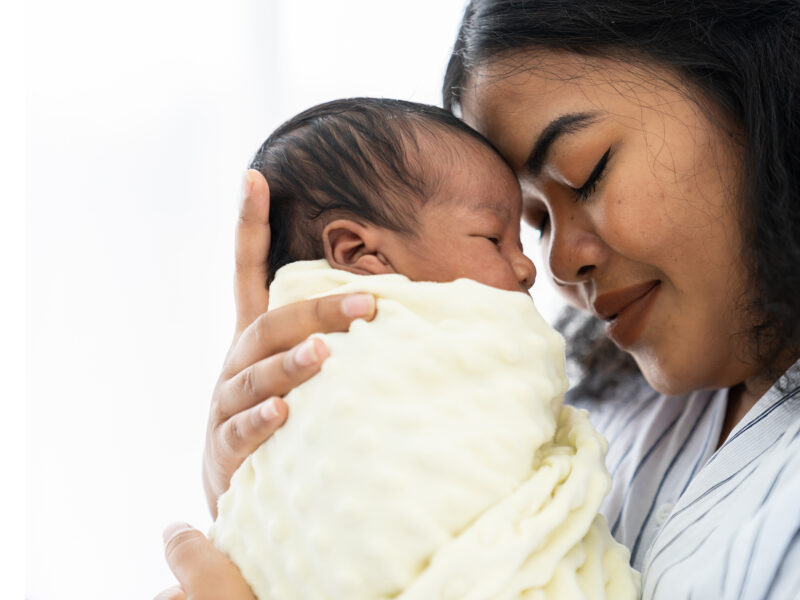Variation in Functional Measurements of the Left Ventricle
Variation in Functional Measurements of the Left Ventricle https://pediatricsnationwide.org/wp-content/themes/corpus/images/empty/thumbnail.jpg 150 150 Mary Bates, PhD Mary Bates, PhD https://secure.gravatar.com/avatar/d8c01b42dd4f98ebe33b59a37151ffdb0226803d9094f30793729669defbdf99?s=96&d=mm&r=gData from The Pediatric Heart Network Normal Echocardiogram Database show interobserver variability, especially in younger and smaller patients.
Echocardiography is the primary tool clinicians have to assess ventricular size and function. Accurate evaluation of the left ventricle is critical in the treatment of patients with congenital and acquired heart disease, as well as other conditions such as severe infections.
In a new study in the Journal of the American Society of Echocardiography, researchers examined interobserver variability in standard measurements of left ventricle size and function in a large population of healthy children. Their sample of over 3,000 normal echo studies collected from healthy children aged 18 years and under came from The Pediatric Heart Network Normal Echocardiogram Database, which is composed of 19 centers that contribute data.
The researchers report that blinded measurements of left ventricle size showed good interobserver reproducibility. However, there was much more variability among observers when making functional measurements, including shortening fraction and ejection fraction.
“Even though they were enrolled as healthy children with normal function, 17 percent of the patients in the study were determined to have abnormal shortening fraction or ejection fraction on blinded measures,” says John Kovalchin, MD, director of Echocardiography at The Heart Center at Nationwide Children’s and one of the study’s authors.
Those patients with abnormal functional indices tended to be younger and smaller. Dr. Kovalchin and his colleagues suggest this may be due to higher heart rates in these patients, patient movement, or to the fact that overall measurements in smaller hearts may lead to a larger percentage error, relatively speaking.
Dr. Kovalchin notes that, uniquely in this study, the observers were blinded to all the measurements they made, which is different from real clinical scenarios.
“Clinically, this study suggests that when we’re looking at the calculation of left ventricular function, it can be subject to some wider variability than we traditionally thought,” says Dr. Kovalchin, who is also professor of Pediatrics at The Ohio State University. “It’s important to know as clinicians and researchers that this variability can be even larger in younger and smaller patients.”
Dr. Kovalchin says that he and others in the field are now looking at how to solve this issue.
“Awareness of potential concerns is a big step,” he says. “When people are aware of the matter, they can take steps to minimize that variability.”
One suggestion from the study is to put more emphasis on the ejection fraction rather than the shortening fraction. There was less variability and more reproducibility among observers when looking at the ejection fraction than the shortening fraction.
Dr. Kovalchin and his colleagues also point to the possibility of using different methods to quantify left ventricle function, particularly in younger and smaller patients. Techniques such as automated endocardial tracking or automated border detection may minimize some of the subjectivity associated with echocardiography.
Reference:
Frommelt PC, Minich LL. Trachtenberg FL, Altmann K, Camarda J, Cohen MS, Colan SD, Dragulescu A, Frommelt MA, Johnson TR, Kovalchin JP, Lin L, Mahgerefteh J, Nuttig A, Parra DA, Pearson GD, Pignatelli R, Sachdeva R, Soriano BD, Spurney C, Srivastava S, Statile CJ, Stelter J, Stylianou M, Thankavel PP, Tierney ES, van der Velde ME, Lopez L, for the Pediatric Heart Network Investigators. Challenges with left ventricular functional parameters: The Pediatric Heart Network Normal Echocardiogram Database. Journal of the American Society of Echocardiography. 2019 July 24. [Epub ahead of print]
About the author
Mary a freelance science writer and blogger based in Boston. Her favorite topics include biology, psychology, neuroscience, ecology, and animal behavior. She has a BA in Biology-Psychology with a minor in English from Skidmore College in Saratoga Springs, NY, and a PhD from Brown University, where she researched bat echolocation and bullfrog chorusing.
- Mary Bates, PhDhttps://pediatricsnationwide.org/author/mary-bates-phd/December 27, 2016
- Mary Bates, PhDhttps://pediatricsnationwide.org/author/mary-bates-phd/
- Mary Bates, PhDhttps://pediatricsnationwide.org/author/mary-bates-phd/
- Mary Bates, PhDhttps://pediatricsnationwide.org/author/mary-bates-phd/
- Post Tags:
- Cardiology
- The Heart Center
- Posted In:
- In Brief






